The Elusive Cuckoo: A Mysterious Bird of Intrigue
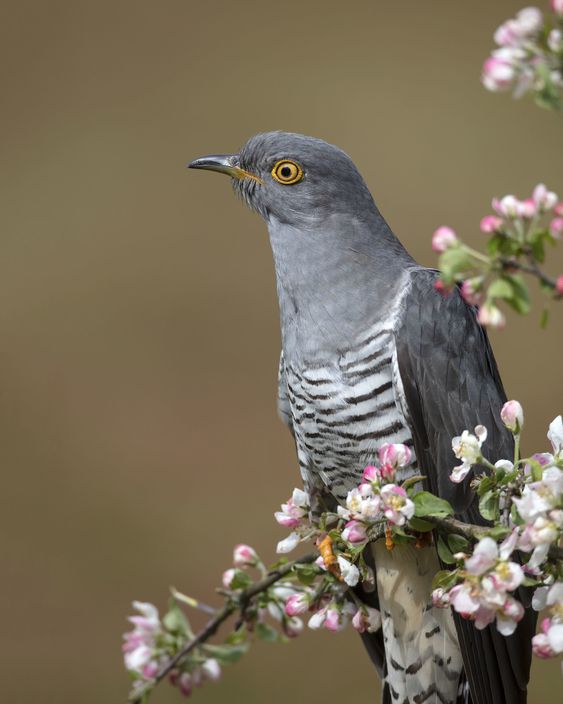
The cuckoo, known for its secretive behavior and unique breeding habits, has long captivated the imagination of bird enthusiasts and researchers alike. With its distinctive call and intriguing lifestyle, this enigmatic bird continues to be a subject of fascination.
The cuckoo belongs to the Cuculidae family and is widely distributed across various continents, including Europe, Asia, and Africa. Known for its sleek body and slender wings, the cuckoo possesses excellent flying abilities, enabling it to undertake long migrations to different parts of the world.
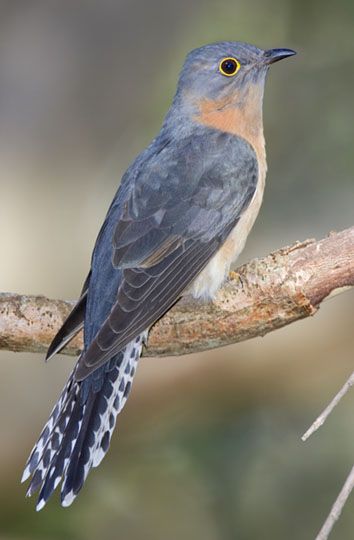
One of the most intriguing aspects of the cuckoo’s behavior is its breeding strategy. Unlike most birds, cuckoos do not build their own nests or raise their own young. Instead, they are infamous for their brood parasitism, whereby the female cuckoo lays its eggs in the nests of other bird species. This behavior has evolved as an efficient way for cuckoos to ensure the survival of their offspring while avoiding the demanding tasks of incubation and rearing.
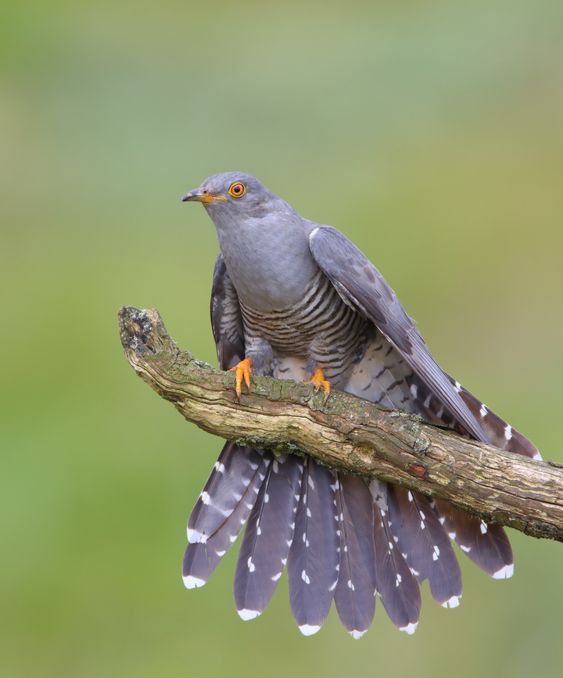
Once the cuckoo’s egg hatches, the young cuckoo instinctively pushes the host bird’s eggs or chicks out of the nest, ensuring it receives all the attention and resources from the foster parents. This behavior is both fascinating and slightly unsettling, as it raises questions about the survival and adaptation strategies of different bird species.

Despite its widespread distribution, the cuckoo remains an elusive bird to observe in the wild. Its secretive nature and excellent camouflage make it challenging to spot. However, its unmistakable call, often described as a “cuck-oo” sound, can be heard during the breeding season when the males vocalize to attract mates and establish territories.
The cuckoo’s diet mainly consists of insects, caterpillars, and small invertebrates, which it catches on the wing or plucks from vegetation. This specialized feeding behavior allows the cuckoo to thrive in diverse habitats, including woodlands, meadows, and even urban areas.
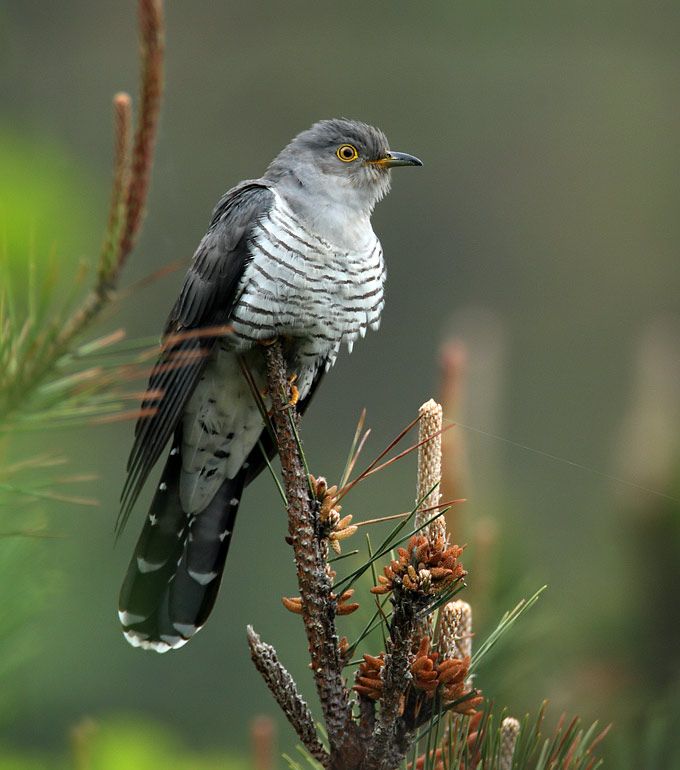
Throughout history, the cuckoo has been associated with myths, folklore, and symbolic meanings. Its arrival in spring has been celebrated as a harbinger of the changing seasons and a sign of good fortune. In various cultures, the cuckoo’s call has been believed to bring luck, while its mysterious behavior has sparked tales and legends.
In recent years, the cuckoo has also become a subject of scientific research, as scientists aim to unravel the complexities of its migration patterns, breeding behaviors, and interactions with other bird species. Tracking devices and advanced observation techniques have provided valuable insights into the movements and ecological roles of cuckoos, shedding light on their remarkable journeys and the challenges they face during migration.
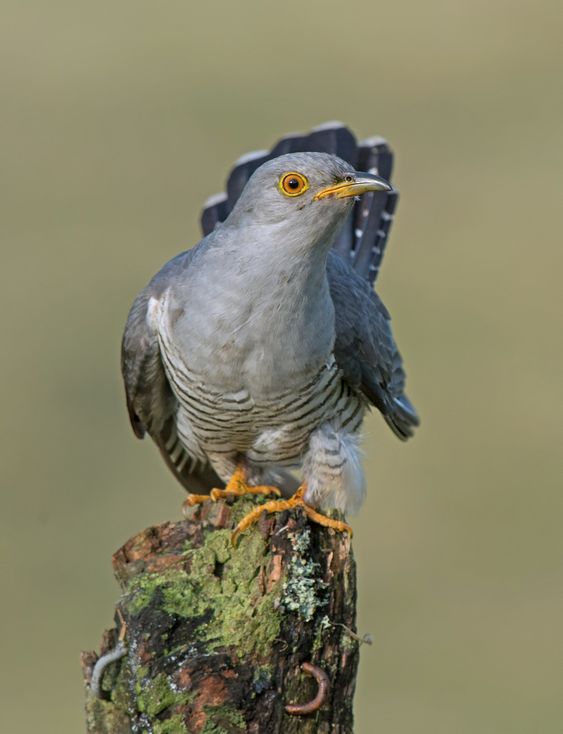
The cuckoo’s enigmatic nature and captivating behaviors continue to fascinate bird enthusiasts, researchers, and nature lovers around the world. Its elusive presence and remarkable adaptation strategies make it a truly mysterious bird of intrigue, reminding us of the diversity and wonders of the avian world.
So, the next time you hear the distant call of a cuckoo, take a moment to appreciate the mysterious journey and intriguing lifestyle of this remarkable bird that has been captivating hearts and minds for centuries.



